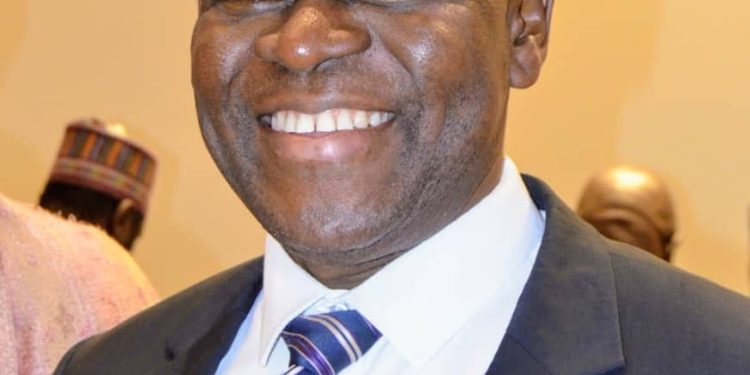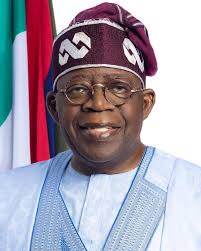By Nkechi Eze
Nigeria’s fiscal story is once again returning to the spotlight as the Federal Government prepares its 2025–2027 Medium-Term Expenditure Framework and Fiscal Strategy Paper, with analysts warning that the country cannot afford to continue relying on outdated methods for setting crude oil price benchmarks. For more than a decade, budget oil price projections have been consistently misaligned with market realities, exposing the economy to fiscal shocks and distorting public finance management in a country where crude accounts for over 80 percent of export earnings and a significant share of federal revenues.
At the heart of the problem is the government’s conservative oil price benchmark, the yardstick used annually in the national budget, the MTEF and FSP in line with the Fiscal Responsibility Act. This benchmark, usually pegged at levels 20 to 40 percent below prevailing market prices, is designed to create a buffer against volatility. Yet, historical data from 2011 to 2024 reveal a pattern of persistent underestimation, interrupted only by occasional overestimates during rare downturns such as the 2015 oil glut and the 2020 pandemic crash.
The record tells its own story. In 2011, the Federal Government set a benchmark of 75 dollars per barrel, while Brent crude averaged 111 dollars, a staggering 48 percent variance. In 2012, the gap widened to over 55 percent. Even in the post-pandemic recovery, when Brent averaged 98.89 dollars in 2022, the benchmark had been set at just 62 dollars, resulting in an excess of nearly 37 dollars per barrel. Overall, in 12 of the past 14 years, actual prices exceeded official projections, producing an average variance of nearly 20 dollars per barrel or 34 percent above benchmark assumptions.
These mismatches have carried consequences. In years of overestimation such as 2015 and 2020, Nigeria suffered painful shortfalls that forced increased borrowing, expenditure cuts and project delays. Conversely, during underestimations, unexpected windfalls often fueled unsustainable spending sprees rather than strategic savings. Analysts point to Section 35 of the Fiscal Responsibility Act, which created the Excess Crude Account to shield the budget from such volatility. But political disagreements, particularly with state governments insisting on their constitutional right to immediate revenue sharing, have left the account struggling to fulfil its stabilisation role, raising questions over its long-term effectiveness.
The European Central Bank’s Working Paper No. 1735, authored by Cristiana Manescu and Ine Van Robays, has now been cited as a model that Nigeria should emulate in reforming its forecasting methods. The study, which examined time-variation in oil price forecast performance, showed that no single model works across all cycles. Instead, it recommended combining models such as futures prices, risk-adjusted futures, Bayesian Vector Autoregressions and Dynamic Stochastic General Equilibrium models. Applied to Nigeria, experts argue, such a blended model could integrate global shocks with domestic realities like production disruptions, theft and Niger Delta insecurity, thereby offering more reliable forecasts.
Adopting this approach, they say, could cut Nigeria’s variance errors by 15 to 20 percent, stabilise revenues and restore credibility to fiscal planning. More importantly, it would enable the government to smoothen expenditure, invest more consistently in infrastructure, and move closer to the growth levels needed to lift millions of citizens out of poverty. Nigeria’s economy, which has struggled at an average of 3.4 percent growth in recent years against the 7 percent required for meaningful poverty reduction, stands to benefit significantly from such reform.
As the government prepares the 2025–2027 MTEF and FSP, global oil dynamics appear less forgiving. Brent has averaged 71.35 dollars so far in 2025, trading closer to 68 dollars in recent weeks on the back of slowing global growth. Projections vary widely, with the World Bank expecting 84 dollars next year, the IMF 67, and the U.S. EIA 78, averaging around 75 dollars per barrel. True to tradition, the Federal Government is expected to adopt a conservative benchmark, perhaps 10 to 15 percent below market forecasts. That translates into an educated guess of 70 to 75 dollars for 2025, tapering slightly to 68 to 73 dollars in 2026 and further to 65 to 70 dollars in 2027.
Yet, with history as a guide, analysts caution that without embracing methodological change, Nigeria will likely continue its cycle of fiscal surprises, caught between shortfalls in downturns and windfalls in booms. The choice before the Federal Government is therefore clear: continue with conservative guesswork or build a forward-looking model that shields Africa’s largest economy from the vagaries of the global oil market. The upcoming fiscal framework will show whether Abuja has finally learned from its own data.















